How to Practice Drawing Regularly
Drawing is not just a skill; it’s a journey filled with exploration and expression. If you’re eager to enhance your drawing abilities, you're not alone! Many aspiring artists find themselves wondering how to make drawing a regular part of their lives. The good news is that with a few effective strategies, you can incorporate drawing into your daily routine seamlessly. Imagine waking up each day, excited to put pencil to paper, knowing that each stroke brings you closer to mastering your craft. In this article, we’ll dive into practical tips and techniques that will help you not only practice drawing regularly but also boost your creativity and confidence as an artist.
Creating a structured drawing schedule can significantly improve your skills. Think of it like training for a marathon; you wouldn’t just run a mile once a month and expect to be ready for the big race, right? Similarly, setting aside dedicated time for drawing each day or week can lead to substantial progress. Start by assessing your current schedule. Are there pockets of time that you could dedicate to drawing? Perhaps early mornings or late evenings suit you best. Once you identify these time slots, treat them like appointments you can’t miss. Consistency is key! Even if it’s just 15 minutes a day, that time adds up and can lead to remarkable improvements over time.
Inspiration is crucial for creativity. It’s the spark that ignites your passion for drawing. But where do you find it? The world around you is brimming with potential sources of inspiration. Nature, with its vibrant colors and intricate details, can be a fantastic muse. Try taking a walk in the park and sketching the trees, flowers, or even people you see. Art galleries and museums are treasure troves of inspiration as well. Observing the works of other artists can ignite new ideas and techniques you want to explore. Additionally, don’t underestimate the power of personal experiences. Your emotions, memories, and stories can fuel your artistic expression. Keep a sketchbook handy to jot down ideas or doodles whenever inspiration strikes!
Experimenting with various drawing mediums can keep your practice fresh and exciting. Just like a chef uses different ingredients to create unique dishes, you can use a variety of tools to express your artistic vision. The benefits of using pencils, charcoal, ink, and digital tools are immense. Pencils are great for precision and detail, while charcoal can add depth and richness to your sketches. Ink, on the other hand, allows for bold lines and dramatic contrasts. If you’re tech-savvy, digital drawing tools can open up a world of possibilities, allowing for easy corrections and endless experimentation. The key is to try different mediums and see what resonates with you. You might discover a new favorite tool that transforms your art!
Both traditional and digital drawing have unique advantages. Traditional drawing can offer a tactile experience that many artists cherish. The feel of the pencil on paper, the smell of the ink, and the texture of the canvas can all contribute to a fulfilling artistic experience. On the flip side, digital drawing provides flexibility and convenience. With just a few clicks, you can undo mistakes, resize elements, and experiment with colors without the mess. Each medium can enhance your skills and creativity in different ways, so why not embrace both? Consider alternating between traditional and digital practices to enrich your artistic journey.
Selecting the right tools for your drawing practice is essential. Investing in quality supplies can make a significant difference in your experience. Here’s a brief overview of some must-have tools:
- Pencils: A range of graphite pencils (H for hard, B for soft) can help you achieve various effects.
- Charcoal: Ideal for expressive sketches and shading.
- Inks: Pens and brushes for bold lines and details.
- Digital Tablets: If you’re inclined towards digital art, a good tablet can enhance your workflow.
Having the right tools at your disposal can empower you to create without limitations. So, take some time to explore and invest in supplies that excite you!
Establishing achievable drawing goals can help maintain motivation. Think of your goals as the compass guiding your artistic journey. Setting short-term goals, like completing a sketch a day, can provide immediate satisfaction. Long-term goals, such as finishing a portfolio or mastering a specific technique, can keep you focused and driven. Remember, the journey of an artist is not a sprint but a marathon. Celebrate your progress, no matter how small, and adjust your goals as you evolve as an artist.
Connecting with other artists can provide support and motivation. Imagine being surrounded by like-minded individuals who share your passion for drawing! Joining online or local drawing communities can enhance your practice. You’ll find inspiration, feedback, and camaraderie among fellow artists. Participate in forums, social media groups, or local art clubs to share your work and learn from others. Engaging with a community can reignite your passion and push you to draw more regularly.
Engaging in drawing challenges can push your creative boundaries. These challenges, often found on social media platforms, encourage artists to draw daily or tackle specific themes. They can be a fun way to explore new styles and techniques while keeping your practice consistent. Popular challenges like Inktober or the 30-Day Drawing Challenge can provide structure and motivation, making it easier to draw regularly.
Sharing your drawings with others can boost your confidence and provide constructive feedback. Whether you decide to post your art on social media or join local exhibitions, showcasing your work can be incredibly rewarding. It allows you to connect with others, gain insights, and even receive encouragement. Don’t be afraid to put your art out there; remember, every artist starts somewhere, and sharing your journey can inspire others too!
Q: How often should I practice drawing?
A: Aim for at least 15-30 minutes a day. Consistency is more important than duration.
Q: What if I feel uninspired?
A: Take breaks, explore new environments, or try different mediums to reignite your creativity.
Q: Is it necessary to join drawing communities?
A: While not necessary, joining communities can provide motivation, support, and valuable feedback.
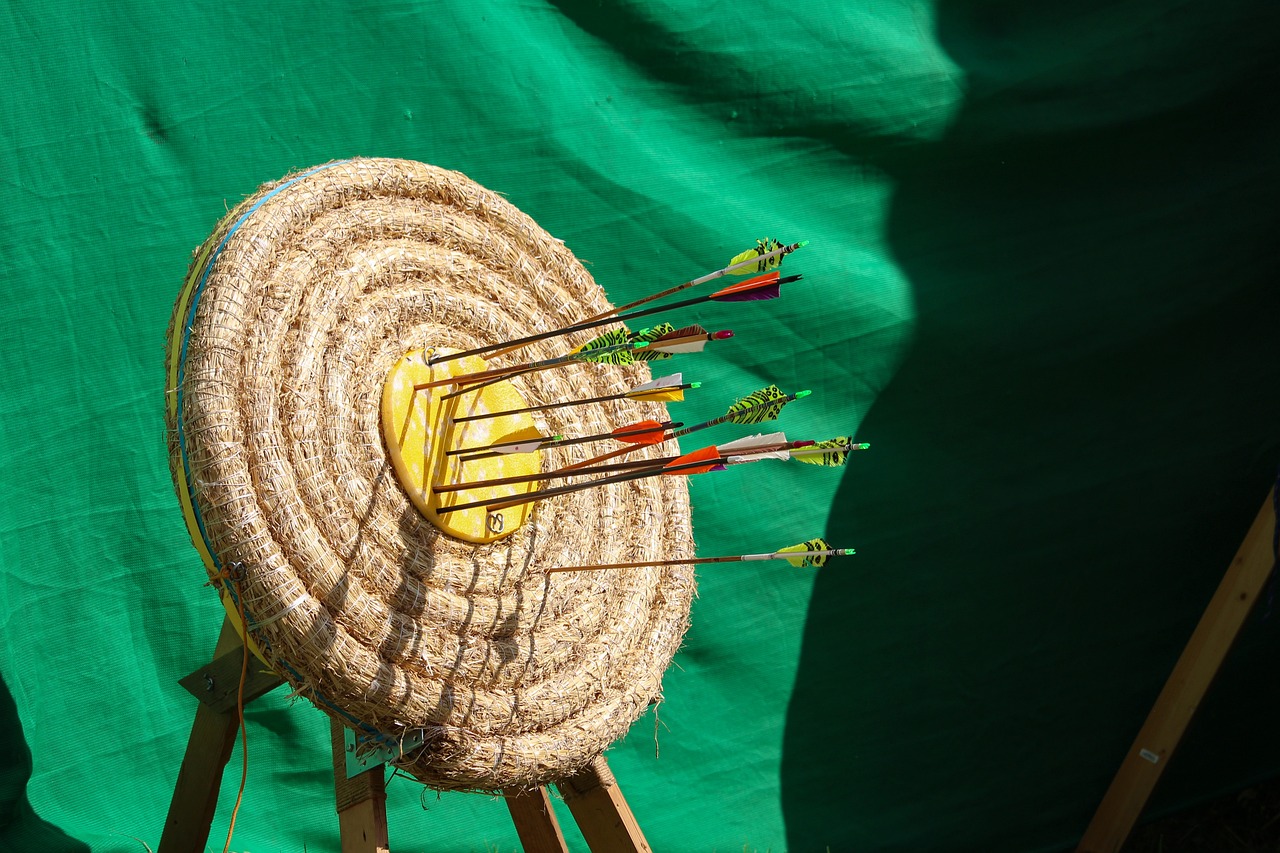
Establishing a Drawing Routine
Creating a structured drawing schedule can significantly improve your skills. Think about it: just like any other skill, drawing requires consistent practice to see real progress. So, how do you establish this routine? First, consider your daily life and identify pockets of time where you can dedicate yourself to drawing. It doesn't have to be a massive time commitment; even 15-30 minutes a day can make a world of difference!
Next, you might want to create a drawing calendar. This can be as simple as marking specific times on your phone or using a physical planner. The key is to treat these drawing sessions like important appointments—because they are! By blocking out time for your art, you’re prioritizing your creativity and skill development. You could even set reminders to keep yourself accountable. After all, if you don’t show up for yourself, who will?
Another effective strategy is to start small. Instead of overwhelming yourself with the idea of long sessions, aim for short, focused bursts of creativity. You might find that these mini-sessions are not only easier to commit to but also allow you to maintain a fresh perspective. Over time, as you grow more comfortable, you can gradually increase the duration of your drawing sessions.
Additionally, consider the environment where you draw. Create a dedicated space that inspires you—whether it’s a cozy corner of your home, a park bench, or a bustling café. Surround yourself with things that spark your creativity, like art books, plants, or even music. This will make your drawing time more enjoyable and encourage you to stick to your routine.
Lastly, don't forget to track your progress! Keeping a drawing journal or a digital gallery can help you see how far you’ve come. Reflecting on your growth can be incredibly motivating and will encourage you to keep pushing your artistic boundaries. Remember, the goal is to enjoy the process of creating, so keep it fun and rewarding!
- How often should I draw? Aim for at least a few times a week, but daily practice is ideal for consistent improvement.
- What if I don’t have time? Even short sessions of 15-30 minutes can be beneficial. Find small pockets of time throughout your day!
- How do I stay motivated? Set realistic goals, track your progress, and connect with other artists to keep your enthusiasm alive.
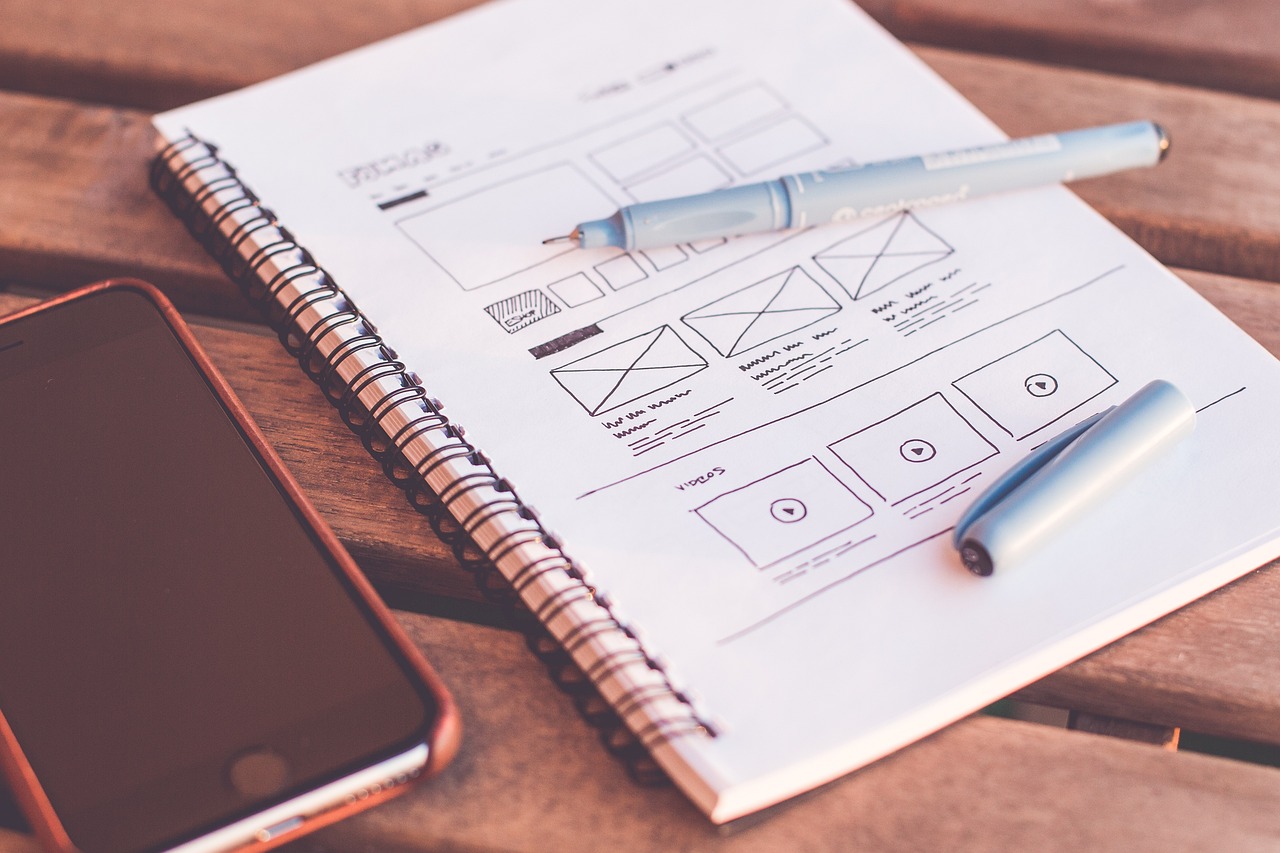
Finding Inspiration
Inspiration is the lifeblood of creativity, especially when it comes to drawing. Without it, even the most skilled artists can find themselves staring at a blank page, struggling to bring their ideas to life. So, how can you ignite that creative spark? One effective way is by immersing yourself in your surroundings. Nature, for instance, is a treasure trove of inspiration. From the intricate patterns of leaves to the vibrant colors of a sunset, the world around you is filled with visual stimuli just waiting to be captured on paper.
But inspiration doesn't just come from the natural world. Art itself can be a powerful motivator. Visiting galleries, exploring art books, or even scrolling through social media platforms dedicated to art can expose you to different styles and techniques that might resonate with you. You might stumble upon a piece that speaks to you, prompting you to try something new in your own work. Remember, every artist has their unique approach, and finding what inspires you personally is key.
Additionally, personal experiences can serve as a rich source of inspiration. Think about moments in your life that have evoked strong emotions—joy, sadness, nostalgia. These feelings can translate into powerful artwork. Consider keeping a sketchbook where you jot down thoughts or doodle snippets of your day. This can help you reflect on your experiences and transform them into visual stories.
Here are a few more sources of inspiration to consider:
- Travel: Exploring new places can open your eyes to different cultures, landscapes, and perspectives.
- Books and Movies: Stories can ignite your imagination, leading to unique visual interpretations.
- Everyday Life: Even mundane moments can spark creativity; the way light falls on a coffee cup, for example, can be a beautiful subject.
Lastly, don't underestimate the power of collaboration. Engaging with other artists can lead to new ideas and fresh perspectives. Whether it's through online forums, local meetups, or art classes, sharing your thoughts and experiences can help you see things in a new light. So, the next time you feel stuck, remember that inspiration is all around you—sometimes, you just need to look a little closer.
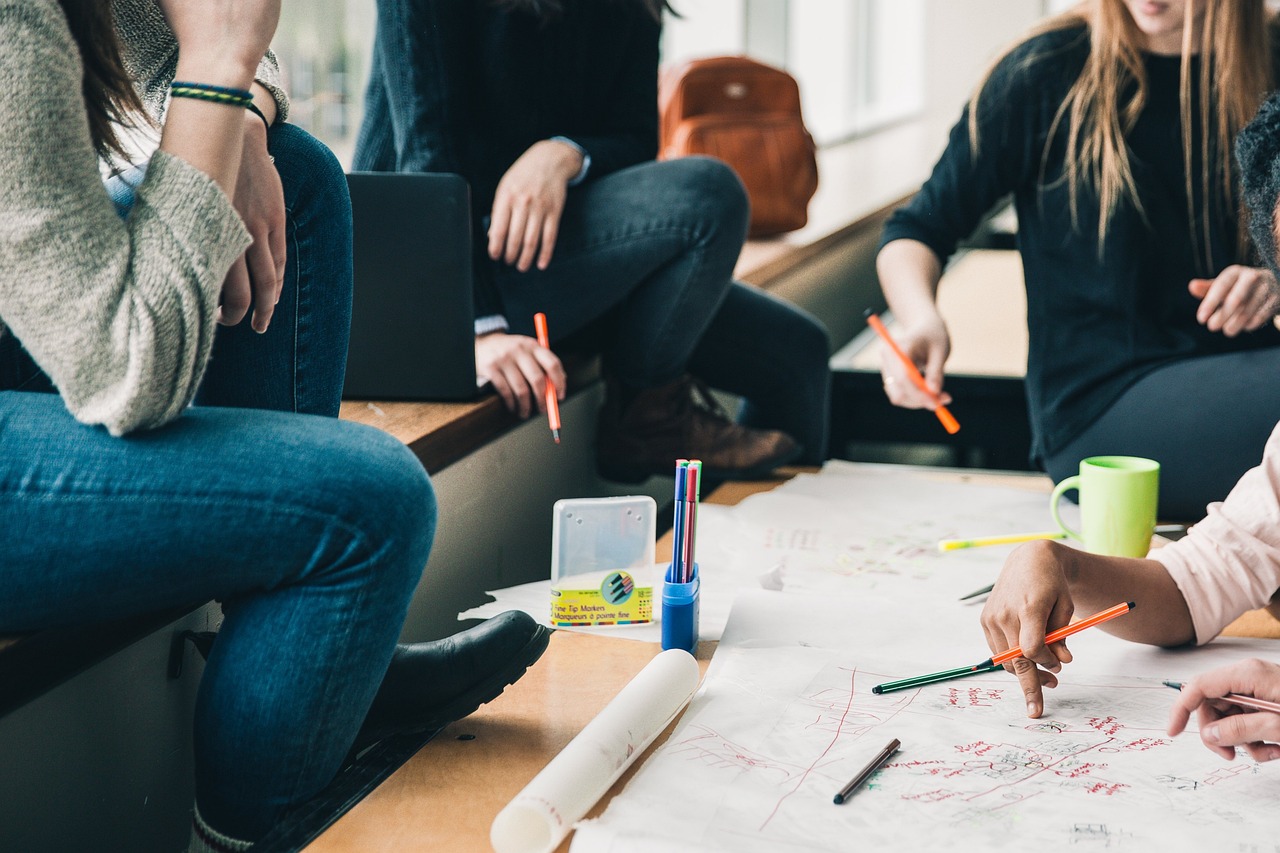
Exploring Different Mediums
When it comes to drawing, the medium you choose can dramatically influence your creative process and the final outcome of your artwork. Experimenting with different mediums is not just about trying new things; it’s about discovering which tools resonate with your style and how they can enhance your artistic expression. Think of it like cooking—a chef wouldn't stick to just one ingredient; they explore a variety of flavors to create a masterpiece. Similarly, as an artist, exploring different mediums can open up a world of possibilities.
Let’s dive into some popular drawing mediums that you might want to consider:
- Pencils: These are the classic choice for many artists. They offer a range of hardness levels, allowing for both fine details and broad strokes. Pencils are versatile and perfect for sketching, shading, and creating intricate designs.
- Charcoal: This medium brings depth and richness to your drawings. Charcoal can create dramatic contrasts and is excellent for expressive pieces. The texture of charcoal allows for a unique blending technique that can give your work a stunning finish.
- Ink: If you’re looking for precision and boldness, ink might be your go-to medium. Whether you use pens, brushes, or even your fingers, ink can create striking lines and intricate patterns that capture attention.
- Digital Tools: In today's tech-savvy world, digital drawing has become increasingly popular. With software like Adobe Photoshop or Procreate, you can manipulate colors, layers, and effects in ways that traditional mediums can't match. Plus, the ability to undo mistakes can be a lifesaver!
Each medium has its own unique set of characteristics that can affect your artistic journey. For instance, pencils allow for detailed work and are great for beginners, while charcoal can be messier but offers a rich texture that can evoke emotion. Digital tools, on the other hand, provide endless opportunities for experimentation without the fear of wasting materials.
Moreover, switching between mediums can also help you overcome creative blocks. If you find yourself stuck while working with one medium, try switching to another. The change in texture, color, and technique can spark new ideas and inspire you to create something entirely different.
Ultimately, the key is to embrace experimentation. Don’t be afraid to make mistakes or create something that doesn’t turn out as expected. Each experience—whether good or bad—is a stepping stone in your artistic development. By exploring various mediums, you not only enhance your skills but also discover what truly inspires you as an artist.
Q: How do I choose the right medium for my style?
A: Start by experimenting with different mediums to see which ones you enjoy most. Consider what kind of effects you want to achieve and choose mediums that align with your artistic goals.
Q: Can I mix different mediums in one artwork?
A: Absolutely! Many artists successfully combine different mediums to create unique effects. Just be mindful of how they interact with each other.
Q: What if I don't have access to certain mediums?
A: Don't let that stop you! Many great artworks have been created with limited supplies. Use what you have and focus on developing your skills.

Traditional vs. Digital Drawing
When it comes to the world of drawing, the debate between traditional and digital methods often sparks passionate discussions among artists. Each medium has its own unique flavor, benefits, and quirks, making the choice a matter of personal preference and artistic goals. Let’s dive into the nuances of both to help you understand which might suit your style better.
Traditional drawing encompasses the use of physical materials such as pencils, charcoal, ink, and pastels. There's something incredibly satisfying about the tactile experience of putting pencil to paper. The feel of the pencil gliding across the surface, the subtle shifts in pressure creating depth and texture—it's a sensory delight. Moreover, traditional media can often lead to unexpected surprises, such as the way charcoal smudges or how watercolors blend. These happy accidents can inspire creativity in ways that digital tools sometimes don’t.
On the other hand, digital drawing opens up a world of possibilities that can be hard to replicate with traditional tools. With software like Adobe Photoshop, Procreate, or Clip Studio Paint, artists can experiment with layers, undo mistakes, and utilize a vast array of brushes and effects. The ability to adjust colors and textures on the fly can significantly enhance your creative process. Furthermore, the convenience of having a portable drawing tablet means you can create art anywhere, anytime, without the need to lug around supplies.
To give you a clearer picture, here’s a quick comparison of both mediums in a table format:
| Aspect | Traditional Drawing | Digital Drawing |
|---|---|---|
| Tactile Experience | Yes, direct interaction with materials | No, relies on a screen and stylus |
| Portability | Less portable, requires physical supplies | Highly portable, can work on a tablet |
| Undo Function | No, mistakes are permanent | Yes, can easily undo and redo actions |
| Learning Curve | Can be intuitive with practice | May require software familiarity |
| Cost | Initial investment in supplies | Initial investment in software and hardware |
Ultimately, the choice between traditional and digital drawing boils down to what resonates with you as an artist. Some prefer the authenticity and charm of traditional methods, while others are drawn to the innovation and flexibility of digital tools. Many artists find value in mastering both, allowing them to switch between mediums depending on their mood or project requirements. So, why not experiment with both? You might discover a newfound appreciation for the unique strengths each medium offers!
As you navigate your artistic journey, consider what aspects of each medium excite you. Are you captivated by the feel of charcoal on paper, or does the versatility of digital brushes call your name? Embrace the exploration, and let your creativity flow in whichever direction inspires you most.
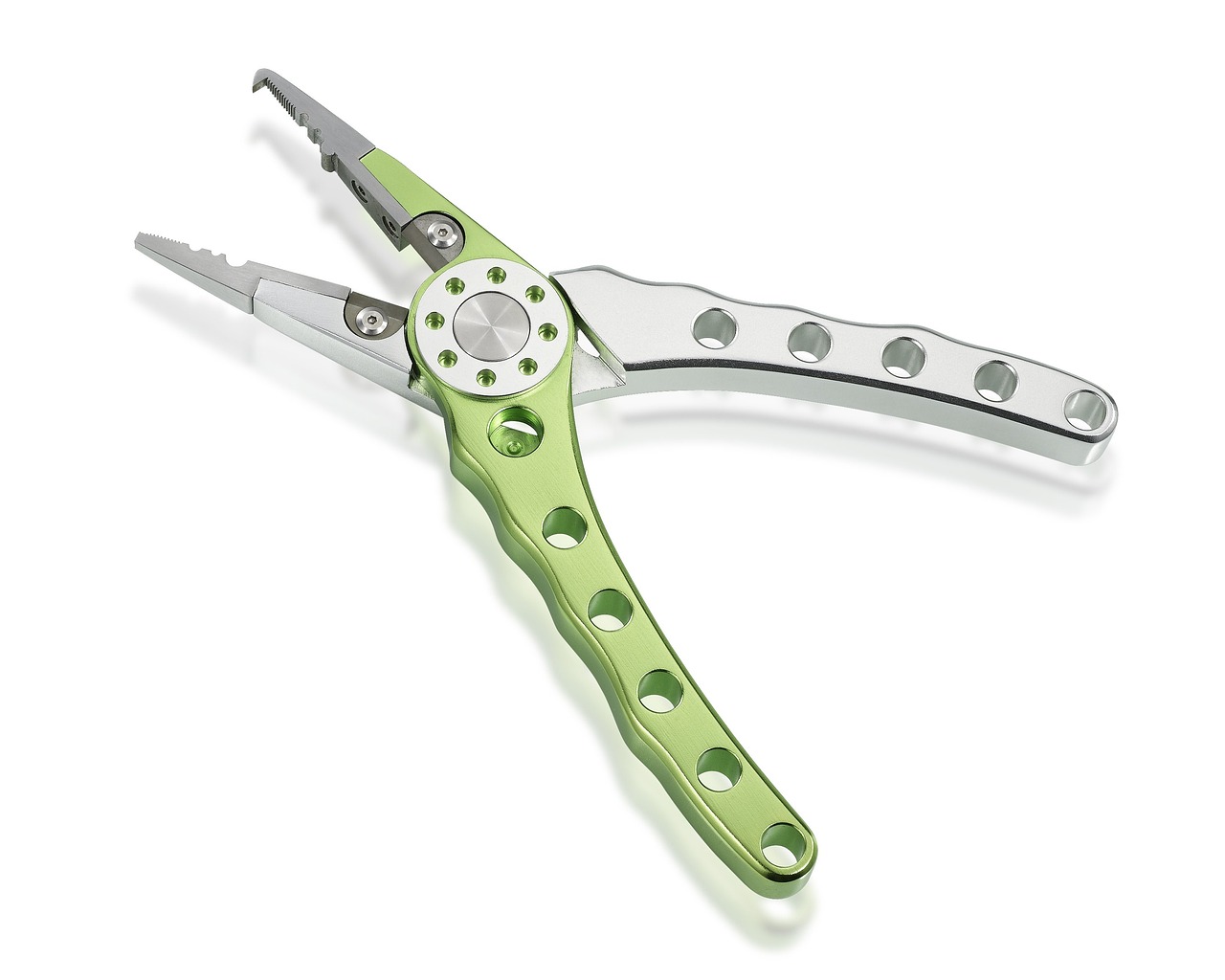
Choosing the Right Tools
When it comes to drawing, the tools you choose can profoundly impact your creative process and the quality of your work. Just like a chef needs the right knives to prepare a gourmet meal, an artist requires the appropriate supplies to bring their visions to life. But with so many options available, how do you decide what’s essential for your drawing practice? First, consider your personal style and the mediums you’re interested in exploring.
For beginners, starting with a basic set of tools can be incredibly beneficial. A good quality pencil, eraser, and sketchbook can set the foundation for your artistic journey. As you progress, you might want to experiment with different tools to find what resonates with you. Here’s a breakdown of some common drawing tools that can enhance your practice:
| Tool Type | Description | Best For |
|---|---|---|
| Pencils | Graphite pencils come in various hardness levels, allowing for different shading techniques. | Sketching, shading, and detailed work. |
| Charcoal | Charcoal provides rich blacks and a range of textures, ideal for expressive drawings. | Bold, dramatic artwork and portraits. |
| Inks | Inks can be used with brushes or pens, offering vibrant colors and fluid lines. | Illustrations, comics, and calligraphy. |
| Digital Tools | Tablets and styluses allow for endless possibilities in digital art creation. | Versatile art styles and easy corrections. |
Each of these tools offers unique benefits, and the choice ultimately depends on your artistic goals. For instance, if you’re drawn to the immediacy and tactile nature of traditional drawing, investing in high-quality pencils and paper might be your best bet. On the other hand, if you’re intrigued by the flexibility and convenience of digital art, a good tablet and stylus could open up new avenues for your creativity.
Moreover, don't underestimate the importance of a comfortable workspace. Having a well-organized area with good lighting and easy access to your tools can make a world of difference. Imagine trying to cook in a cluttered kitchen; the same principle applies to drawing. A tidy space can help you focus and unleash your creativity without distraction.
In conclusion, choosing the right tools is a personal journey that can significantly influence your drawing practice. Experimenting with different mediums can keep your art fresh and exciting, so don’t hesitate to try new things. Remember, the best tool is the one that feels right in your hands and inspires you to create!

Setting Realistic Goals
When it comes to drawing, setting realistic goals is like laying the foundation for a sturdy house. If you start with a solid plan, you're more likely to see progress and stay motivated. Think about it: if you aim too high right off the bat, you might find yourself overwhelmed and discouraged. Instead, why not break down your aspirations into manageable chunks? This way, you can celebrate small victories along the way, which is essential for keeping your creative juices flowing.
First things first, it's important to identify what you want to achieve with your drawing practice. Are you looking to improve your skills in a specific area, like portrait drawing or landscapes? Or perhaps you want to develop a unique style that reflects your personality? Whatever it is, make sure your goals are specific and measurable. For instance, instead of saying, "I want to draw better," you might say, "I want to complete one portrait drawing every week for the next month." This clarity will not only guide your practice but also give you a clear benchmark to measure your progress.
Next, consider the time you can realistically dedicate to drawing. If you’re a busy bee juggling work, family, and social commitments, setting aside an hour every day might not be feasible. Instead, aim for shorter, more frequent drawing sessions. Even 15-30 minutes a day can make a significant difference over time. It's like watering a plant; a little bit every day helps it grow stronger and healthier. To help you visualize your goals, you might want to create a simple table that outlines your drawing schedule:
| Week | Goal | Time Commitment |
|---|---|---|
| 1 | Complete one portrait drawing | 30 minutes daily |
| 2 | Experiment with charcoal | 15 minutes daily |
| 3 | Create a landscape drawing | 1 hour on weekends |
| 4 | Join an online drawing challenge | 30 minutes daily |
As you embark on this journey, remember that flexibility is key. Life can throw curveballs, and sometimes your schedule might not align with your drawing goals. That’s perfectly okay! Adjust your goals as needed—just ensure that you’re still moving forward, even if it’s at a slower pace. This adaptability will help you stay engaged and prevent burnout.
Lastly, don’t forget to reflect on your progress regularly. Take time to evaluate what you’ve accomplished and what you can improve on. This reflection can be a powerful tool in your artistic growth. Maybe you’ll discover that you love working with ink more than pencils, or perhaps you’ll realize that drawing from life is more fulfilling than drawing from photographs. Whatever the case, keep those realistic goals in mind and allow them to evolve as you do.
- How often should I practice drawing?
It's ideal to practice drawing several times a week, even if it's just for 15-30 minutes each session. - What should I do if I feel stuck or uninspired?
Take a break, explore new mediums, or seek inspiration from nature or other artists. - Can I set goals that are too ambitious?
Yes, setting overly ambitious goals can lead to frustration. It's better to start small and gradually increase your targets.

Joining Drawing Communities
Connecting with fellow artists can be a game changer when it comes to improving your drawing skills and keeping your motivation high. Imagine being part of a vibrant community where creativity flows like a river, and ideas bounce around like a lively conversation at a café. can provide you with the support, feedback, and inspiration you need to elevate your art to the next level.
Whether you choose to engage with online platforms or local groups, the benefits are immense. Online communities, such as forums and social media groups, allow you to connect with artists from around the globe. You can share your work, receive constructive criticism, and even collaborate on projects. Local drawing clubs can offer a more personal touch, providing opportunities for face-to-face interaction and real-time feedback. Both avenues have their unique charm and can significantly enhance your drawing journey.
Here are some key advantages of joining drawing communities:
- Support and Encouragement: Being part of a community means you’re not alone in your artistic endeavors. Fellow members can offer support during challenging times and celebrate your successes with you.
- Constructive Feedback: Sharing your work within a community allows you to receive valuable insights. This feedback can help you identify your strengths and areas for improvement.
- Networking Opportunities: Connecting with other artists can lead to collaborations, exhibitions, and even job opportunities. The art world is vast, and knowing the right people can open doors.
- Access to Resources: Many communities share resources such as tutorials, reference images, and tips on techniques. This can be a treasure trove of information to help you grow.
Participating in community events, such as group exhibitions or art challenges, can also provide a platform for you to showcase your work. These events not only boost your confidence but also allow you to engage with a broader audience. Think of it as stepping onto a stage where your art gets the spotlight it deserves!
In conclusion, joining drawing communities is not just about making connections; it’s about fostering an environment where creativity thrives. So, don’t hesitate! Dive into the world of art communities and watch your skills blossom like flowers in spring.
Q: How do I find drawing communities near me?
A: You can search for local art clubs or workshops in your area through social media platforms, community centers, or art supply stores. Websites like Meetup.com can also help you find groups that share your interests.
Q: Are online drawing communities effective?
A: Absolutely! Online communities can provide a wealth of resources, feedback, and inspiration. They allow you to connect with artists from diverse backgrounds and skill levels, which can enhance your learning experience.
Q: What should I expect when joining a drawing community?
A: Expect to share your work, receive feedback, and engage in discussions. You’ll also have the opportunity to learn from others and participate in events or challenges that can boost your skills.
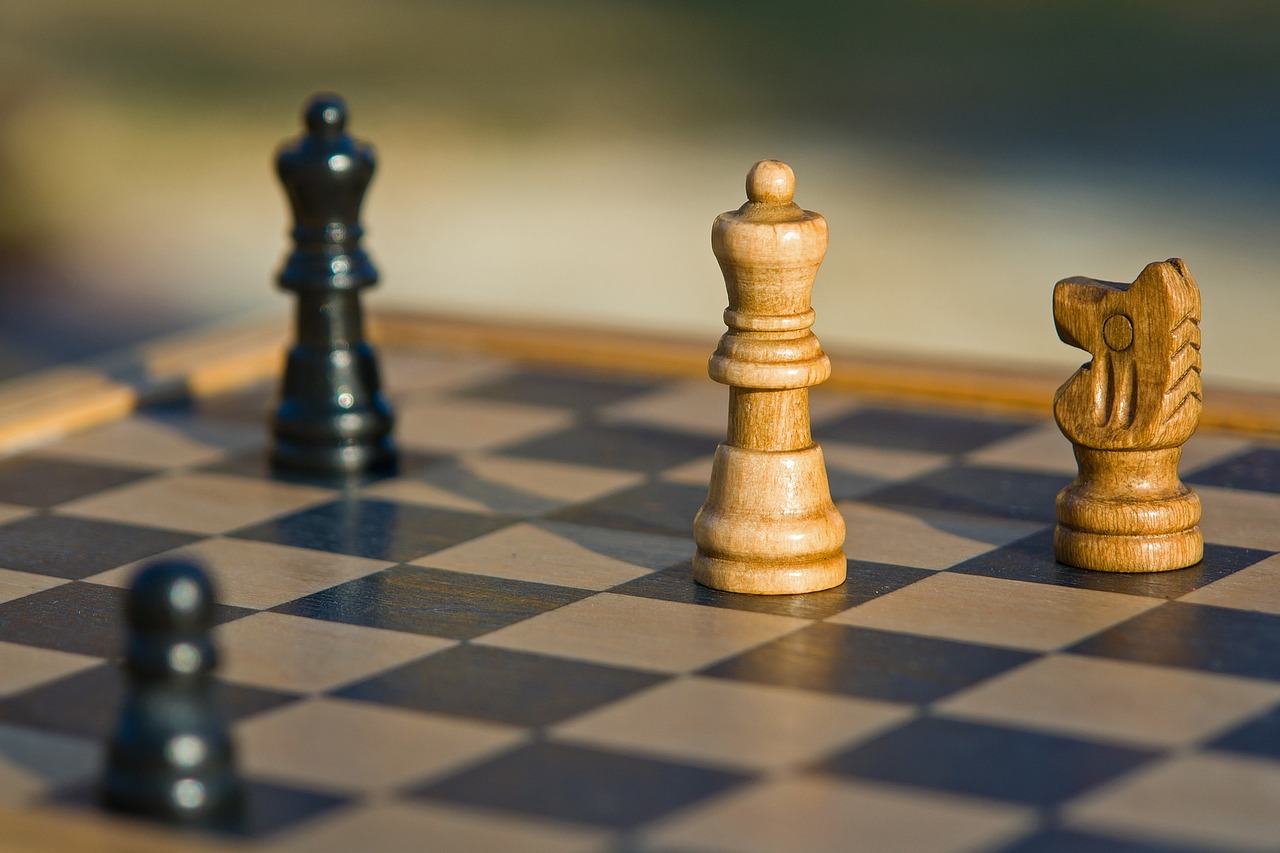
Participating in Challenges
Engaging in drawing challenges is like giving your artistic skills a turbo boost! These challenges can ignite your creativity and push you beyond your comfort zone. They often come with specific themes or prompts that can inspire you to create something you might not have thought of otherwise. Imagine waking up each day with a new idea to explore—how exciting is that?
Whether you're a beginner or a seasoned artist, challenges can cater to all skill levels. For instance, social media platforms like Instagram and Reddit are teeming with various drawing challenges. Some popular ones include:
- Inktober: A month-long challenge in October that encourages artists to create one ink drawing every day.
- Sketch-a-Day: A commitment to sketch something daily for a month, focusing on quick and spontaneous creations.
- 30 Day Drawing Challenge: A series of prompts that guide you through different subjects, helping you explore various styles and techniques.
Participating in these challenges not only hones your skills but also builds a sense of community. Imagine sharing your work with others who are on the same journey, receiving feedback, and cheering each other on! This camaraderie can be incredibly motivating, especially on days when you feel uninspired.
Moreover, challenges often come with deadlines, which can be a double-edged sword. On one hand, they create a sense of urgency that can kickstart your creativity. On the other hand, they can lead to stress if you set unrealistic expectations for yourself. The key is to embrace the process rather than focusing solely on the end result. Remember, it’s about growth, not perfection!
Don’t forget to document your progress! Keeping a visual record of your work can be a great source of motivation. You might be surprised at how much you improve over time. Plus, it’s rewarding to look back and see how far you’ve come, which can further fuel your passion for drawing.
In conclusion, participating in drawing challenges is a fantastic way to enhance your skills, find inspiration, and connect with other artists. So why not dive in? Choose a challenge that excites you, set your goals, and let your creativity flow!
Q: How do I find drawing challenges to participate in?
A: You can search social media platforms like Instagram using hashtags such as #Inktober or #30DayDrawingChallenge. Additionally, online art communities and forums often post about upcoming challenges.
Q: What if I can’t keep up with the challenge?
A: It's perfectly okay! The goal is to enjoy the process and improve your skills. If you miss a day or two, don’t be too hard on yourself—just pick up where you left off or continue at your own pace.
Q: Can I create my own drawing challenge?
A: Absolutely! Creating your own challenge can be a fun way to focus on specific skills or themes that interest you. You can set your own prompts, timelines, and even invite friends to join you!

Sharing Your Work
Sharing your artwork can be a transformative experience, both for you as an artist and for those who view your creations. When you take the leap to showcase your work, you open the door to a world of feedback, encouragement, and connection. It's like standing on a stage, pouring your heart into a performance, and inviting others to witness your journey. But how do you go about sharing your art effectively? Let's dive into some strategies that can help you share your work and maximize the impact it has on your artistic growth.
First and foremost, consider the platforms where you can display your art. Social media is a powerful tool for artists today. Platforms like Instagram, Pinterest, and Facebook allow you to reach a broad audience with just a few clicks. You can create a dedicated account for your art, where you can post your drawings, process videos, and even engage with your followers through stories and live sessions. This not only helps you gain visibility but also builds a community around your art.
In addition to social media, don't underestimate the value of local art shows or exhibitions. These events provide an excellent opportunity to showcase your work in person, meet other artists, and connect with potential buyers. It's like bringing your artwork to life, allowing people to experience it in a tangible way. Plus, the feedback you receive in person can be incredibly valuable, as it often leads to meaningful conversations about your artistic vision.
Another effective way to share your work is through online art communities and forums. Websites like DeviantArt, ArtStation, and Behance are designed specifically for artists to share their portfolios and receive critiques. Engaging with these communities can offer you insights into your work that you might not have considered before. You can also participate in discussions, join groups, and even collaborate with other artists, which can further enrich your artistic practice.
Don’t forget about the power of storytelling! When you share your artwork, accompany it with a narrative. Explain the inspiration behind the piece, the techniques you used, or the emotions you aimed to convey. This adds depth to your work and engages your audience on a more personal level. People love to connect with the stories behind the art, and this connection can lead to more meaningful interactions.
Lastly, be open to feedback. Sharing your work is not just about receiving praise; it's about growth. Constructive criticism can help you identify areas for improvement and push your creative boundaries. Remember, every artist has been in your shoes, and most are eager to help others grow. Embrace the feedback with an open mind and let it guide your future creations.
In summary, sharing your artwork is a vital step in your artistic journey. Whether through social media, local exhibitions, or online communities, the act of sharing not only boosts your confidence but also helps you connect with others who share your passion. So, take that leap, share your work, and watch as your art and creativity flourish!
- How can I start sharing my artwork online? Begin by creating accounts on social media platforms like Instagram or join art communities like DeviantArt. Post your art regularly and engage with your followers.
- What if I receive negative feedback? Remember that not all feedback will be positive. Use constructive criticism as a tool for growth and improvement in your art.
- How do I find local art shows to participate in? Check local community centers, art schools, or online platforms that list upcoming art events in your area.
- Is it necessary to have a professional portfolio? While a professional portfolio can help, it’s not necessary when starting out. Focus on sharing your best work and improving over time.
Frequently Asked Questions
- How can I establish a drawing routine?
Creating a drawing routine is all about consistency. Start by setting aside a specific time each day or week dedicated to drawing. Whether it's 15 minutes or an hour, make it a non-negotiable part of your schedule. Think of it like brushing your teeth; it's something you do every day to keep your skills sharp!
- Where can I find inspiration for my drawings?
Inspiration is everywhere! Look to nature, your surroundings, or even personal experiences. You can also explore art books, online galleries, or social media platforms like Instagram and Pinterest. Just like a treasure hunt, keep your eyes open, and you might discover something that sparks your creativity!
- What drawing mediums should I try?
Diving into different drawing mediums can be a game-changer! Consider experimenting with pencils, charcoal, ink, or even digital tools. Each medium offers a unique experience and can help you express your creativity in various ways. It's like trying different flavors of ice cream; you never know what you might love!
- Should I focus on traditional or digital drawing?
Both traditional and digital drawing have their perks! Traditional drawing often provides a tactile experience, while digital drawing offers flexibility and endless possibilities. It’s really about what feels right for you. Why not try both and see which one makes your artistic heart sing?
- How do I choose the right drawing tools?
Selecting the right tools can enhance your drawing experience significantly. Consider what feels comfortable and inspires you. Whether it’s a high-quality sketchbook, a set of fine-tipped pens, or digital software, choose tools that resonate with your style. Think of it as picking the right outfit for a special occasion; it sets the tone for what you create!
- What are some realistic goals I can set for my drawing practice?
Setting realistic goals is crucial for maintaining motivation. Start with small, achievable objectives, like completing a drawing a week, and gradually increase your targets. This could be as simple as trying a new technique or participating in a drawing challenge. Remember, it’s about progress, not perfection!
- How can joining drawing communities help me?
Connecting with other artists can provide invaluable support and motivation. Online forums, social media groups, or local art clubs can be fantastic places to share experiences, get feedback, and find inspiration. It’s like joining a team where everyone cheers each other on!
- What are some popular drawing challenges I can participate in?
Engaging in drawing challenges can really push your creative boundaries! Popular challenges like Inktober or the 30-Day Drawing Challenge encourage you to draw regularly and experiment with new ideas. Think of it as a fun workout for your artistic muscles!
- How do I effectively share my drawings with others?
Sharing your work can boost your confidence and invite constructive feedback. Use social media platforms, art communities, or even local exhibitions to showcase your art. Remember, sharing is caring! It opens doors to new connections and opportunities.



















